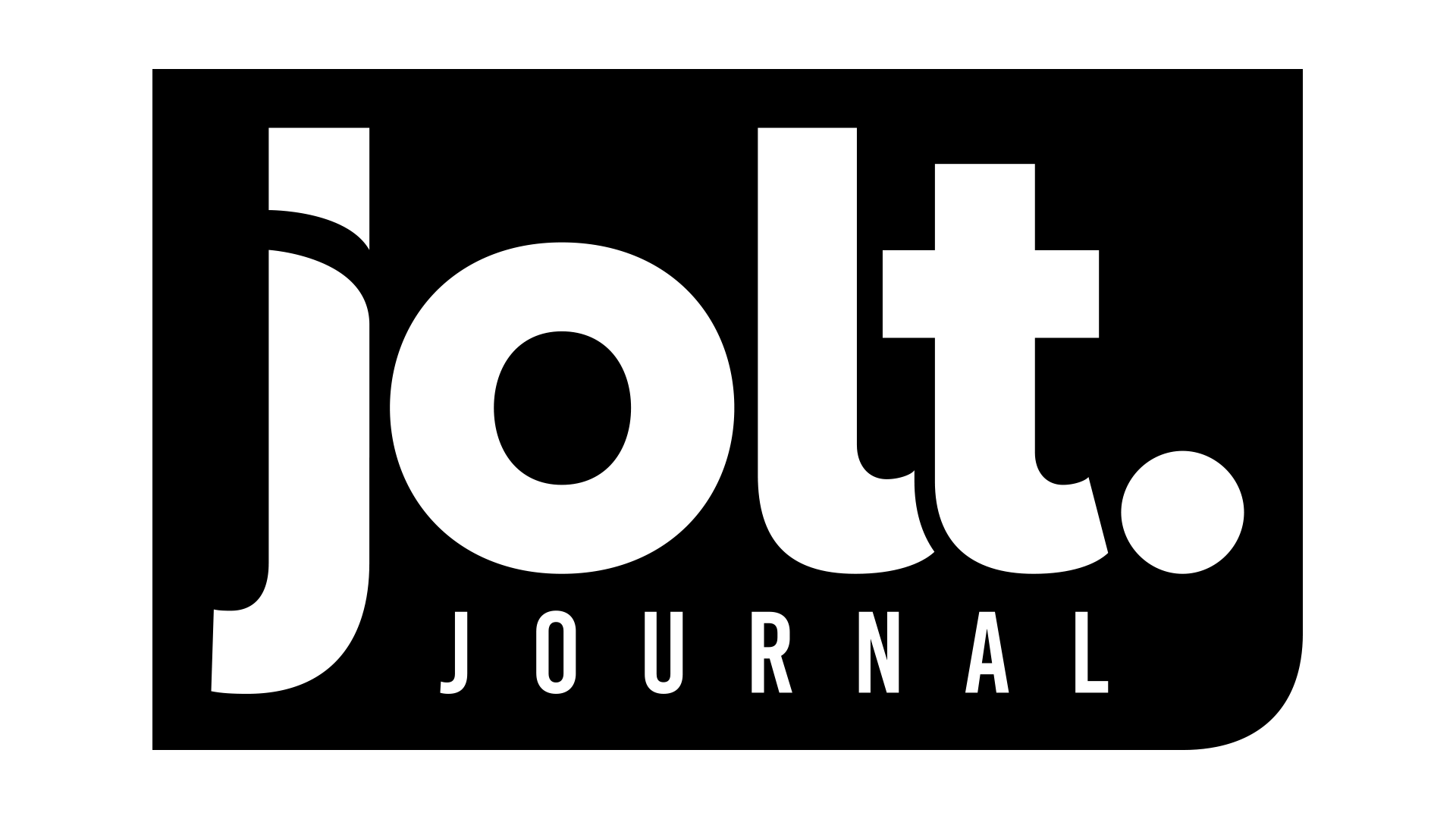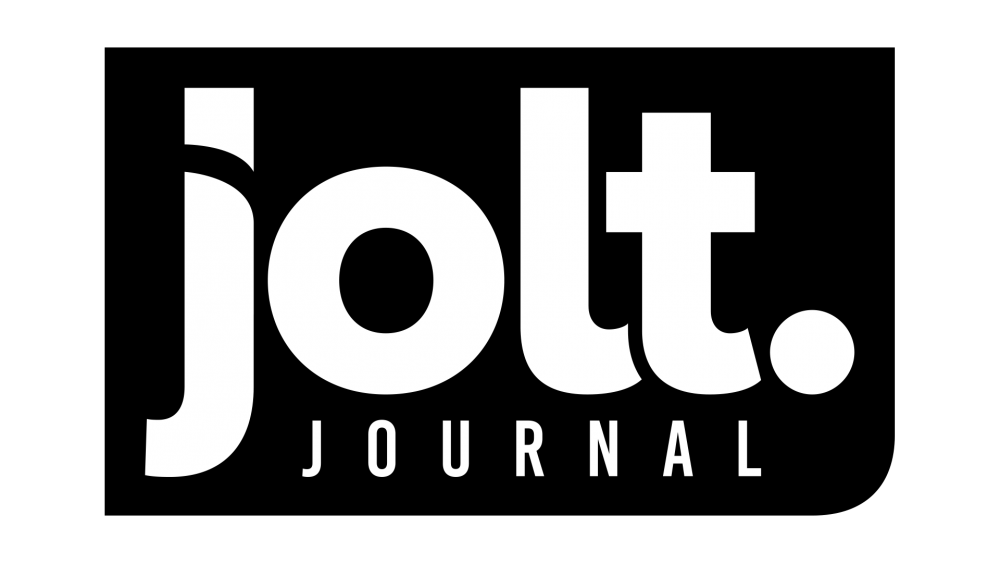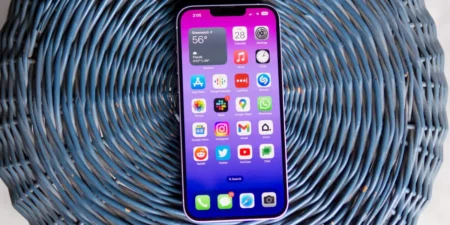When you’re thinking about having your student loan forgiven, sometimes it may feel like it’s too good to be true, but let me tell you that it is possible! There are legitimate ways to get your student loan forgiven through free government programs. This information isn’t typically readily available to borrowers, so make sure to read through these options very carefully as it may help you potentially enroll in student loan forgiveness programs that can discharge your loan(s).
Student Loan Forgiveness Program Options
- Teach Loan Forgiveness. If you’re a teacher and employed full time in low-income public elementary or secondary schools, you may be eligible for Teacher Loan Forgiveness after working for five consecutive years. If you qualify, this student loan forgiveness program can have up to $17,500 in federal direct or Stafford loans forgiven. To qualify for this, teachers must have taken out loans after October 1, 1998.
- Obama Student Loan Forgiveness. The first thing to note here is that there’s no program called “Obama student loan forgiveness,” however, there is some student “debt relief” available from certain companies. If a company calls you regarding this, consider it a red flag and report them. Borrowers are able to enroll in federal programs like income-based repayment and federal student loan consolidation for free and without any catches through the Department of Education. You have been warned, so be very careful about random companies giving you a call about offering student loan forgiveness program options.
- Income-driven Repayment Forgiveness. The United States federal government offers four main income-driven repayment plans, allowing you to cap your loan payments at a percentage based on the monthly income you earn. Should you choose to enroll in one of these student loan forgiveness program options, your remaining loan balance will be eligible for forgiveness after 20 to 25 years, depending on which plan you’re enrolled in. These plans may be very beneficial to you, especially if you have high loan amounts that are relative to your income.
- Student Loan Forgiveness for Nurses. If you’re currently going through nursing school or have previously completed nursing school and are a working professional, know that there are several student loan forgiveness programs available to you: Public Service Loan Forgiveness, Perkins loan cancellation, and the NURSE Corps Loan Repayment Program. The NURSE Corps Loan Repayment Program pays up to 85% of qualified nurses’ unpaid student loan debt. Public Service Loan Forgiveness may be the option that will relate to most nurses, there are few borrowers in the Perkins loans program, and even fewer in the NURSE Corps program because it’s very competitive.
- Public Service Loan Forgiveness. If you’re employed by the government or qualifying nonprofit, you may be eligible to have your federal student loan forgiveness. Qualified borrowers are able to get their remaining loan balance forgiven tax-free after making 120 qualifying loan balance payments. To take full advantage of this program, you’ll need to make sure you’re enrolled in an income-driven repayment plan, otherwise, on a standard repayment plan, the loan would be paid off before you become eligible to benefit from this loan forgiveness program.





